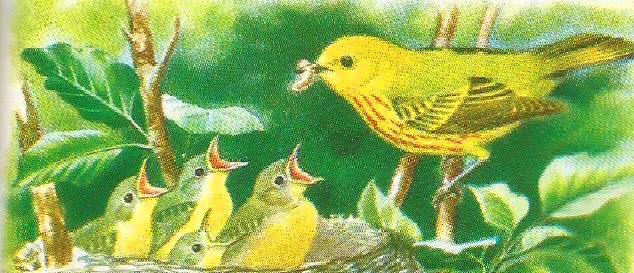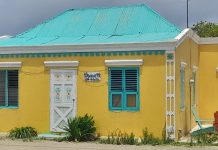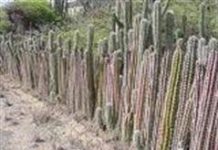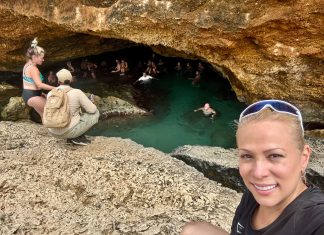Etnia Nativa’s goal is to create cultural awareness, promote education and safeguard our heritage by guiding our readers to become the next and new guardians of our island Aruba.
In this episode we want to raise awareness and the importance of birds as an integral part of our culture and the risk that some of them are in risk of extinction on our island. Many of these feather creatures delight us whit their colors and others with their song, but in reality they have a much greater importance birds in general have in human societies, with uses and values that vary over time and space. They are used as food, decoration, amulets, pets, medicine, in rituals, falconry, as fish catcher, for their feather, art and recreation.
If the birds where to disappear, so do the economically valuable services they provide. Birds pollinate flowers, disperse seeds, and help eliminate rodents, insects, weed seeds, and other parasites. Birds are very important for our ecosystem since they also act as dispersal agents, in addition to pollination, for the simple fact of having a frugivorous diet. That is to say, birds have adapted organisms so that they can eat and process seeds, which in many occasions are the part main of their diet.
The yellow warbler
One of the endagerouse species is or Yellow Warbler (Dendroica petechia) knows “Parha di Misa” or church bird in Papiamento, sometimes miscalled the wild canary, which breeds from Alaska and Newfoundland to the West Indies, Peru, and the Galapagos Islands; it is 13 cm (5 inches) long, and the males have faintly red-streaked underparts. Being a very confident bird it is easily spotted by its bright yellow colour when it scurries through the bushes and the few mangrove forests pathes that are still around. The male has brown stripes on the breast and along the sides and wears a brown cap. It is said that the resemblance of its cap with the tonsure of the friars, gave the bird its Papiamento name. “church bird”. The female is not so brightly coloured and lacks the brown stripes and the cap. The thin bill indicates clearly the insectivorous nature of this bird. It is always busy looking for bugs hiding in the bushes. Often a branch is systematically stripped of its insects.
An other visitor to our island is the:The osprey, (Pandion haliaetus) knows in our lenguage papiamento as “ Teishi or Gabilan piscado”, also called sea hawk, river hawk, and fish hawk, is a diurnal, fish-eating bird of prey with a cosmopolitan range. It is a large raptor reaching more than 60 cm in length and 180 cm across the wings. It is brown on the upperparts and predominantly greyish on the head and underparts.
Ospray
Virtually always present along our reefs . Inhabits lagoons behind reef walls and inland bays. Appears to be territorial, but often two and sometimes three birds have been seen raher close together, uttering their plaintive calls like “weep-weep”. Regular perching and sleeping places include factory towers and electric standards, sometimes close to human activity. Hunts over quiet plunging down, feet first, usually fully submerging in a splash of water, and if successful, coming clear of the water with elaborate wings beats and a fish in one of its talons. Prey is consumed on regular perching places on a bare branch of mangrove tree or other high and exposed site on poles, isolated boulders of cliff coast, sometimes on the ground among the coral shingle of reef walls.
Saffron finch
As there are many other birds to present to you, in this episode we will end by sharing something about the well-known Saffron Finch (Sicalis flaveola). This bird is an example of some of the birds introduced to our island by man. The saffron finch is a tanager from South America that is common in open and semi-open areas in lowlands outside the Amazon Basin. The male is bright yellow with an orange crown which distinguishes it from most other yellow finches. The females are more difficult to identify and are usually just a slightly duller version of the male. Typically nesting in cavities, the saffron finch makes use, bamboo branches and under house roofs – this species is tolerant of human proximity, appearing at suburban areas and frequenting bird tables.
If you love Aruba its origins and its cultural heritage, be part of the exclusive visitors of this cozy home-atelier called “Etnia Nativa”. This private residential houses collections of native art, archaeological artifacts and historic furniture, while the facilities themselves are the result of the transformation of recycled materials. Meet the acclaimed columnist at home! Book your visit Whatsapp + 297 592 2702- or mail: etnianativa03@gmail.com

















